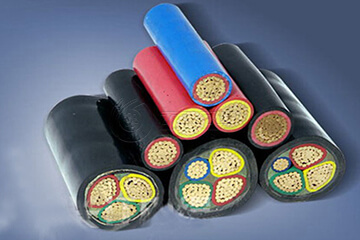Understanding stranded and armored cables
Many people are curious about the role of twisted and armored cables compared to ordinary cables? Let me tell you today and help you understand stranded and armored cables.
Copper wires of different specifications and different numbers are twisted together according to a certain arrangement sequence and twisting pitch, and then they become conductors with larger diameters. The conductors of this kind of twisted large-diameter stranded conductors are better than single-stranded conductors of the same diameter. The copper wire is more flexible, the wire made has good bending performance, and it is not easy to break during the swing test. It is easier to meet the requirements for some wires that require softness (for example, medical-grade wires).
In terms of electrical performance: after the conductor is energized, it will generate heat due to the electrical energy consumed by the resistance. As the temperature rises, it will affect the performance and life of the insulating layer and protective layer. In order to make the cable run efficiently, the conductor cross-section should be increased, but a large cross-section single core wire is not easy to bend. , Poor flexibility is not conducive to production, transportation and installation. From the mechanical properties, it also requires flexibility and reliability. If multiple single wires are twisted together, the contradiction can be solved.
Armored cable refers to a cable with a metal material armored protective layer. The purpose of the cable plus the armored layer is to enhance the tensile strength, compressive strength and other mechanical protection to prolong the service life, but also to improve the anti-interference performance of the cable through shielding protection.
Commonly used armor materials include steel tape, steel wire, aluminum tape, aluminum tube, etc. Among them, the steel tape and steel wire armor layer have high magnetic permeability and good magnetic shielding effect. They can be used for anti-low frequency interference, and can make the armored cable directly buried and laid.
